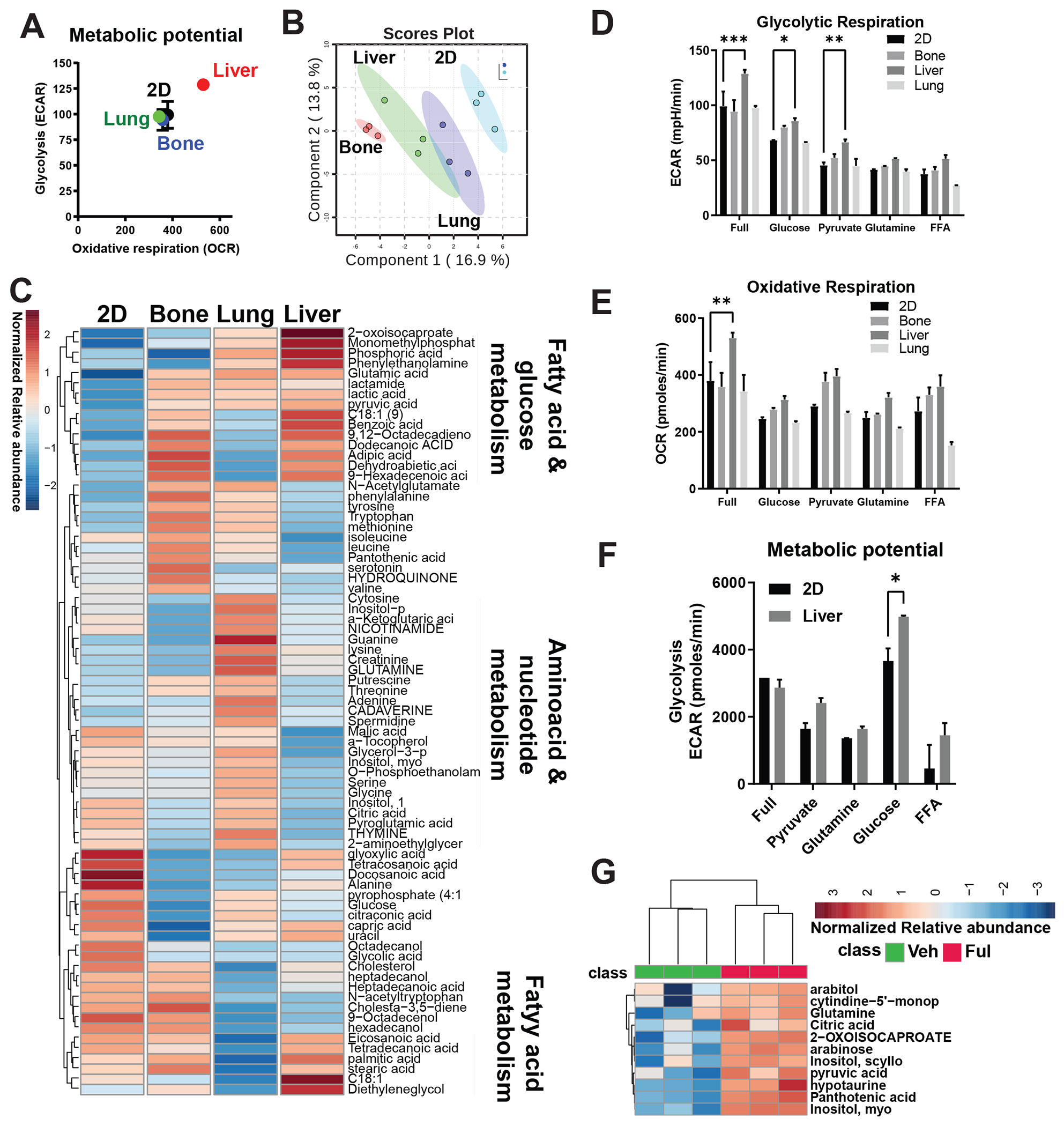Figure 3: Glucose dependency is increased in MCF7-ESR1Y537S cells cultured in liver ECM with Fulv treatment.

A) Cell metabolic phenotype assay using the Seahorse Cell Energy Phenotype Kit. Cells cultured in plates coated with bone, liver, and lung Native Coat ECMs for 24 hours were tested for the energy phenotype. Each experiment was replicated twice with three technical replicates. Results from a representative experiment are shown. B) Whole metabolite profiling using GC/MS analysis of extracts from MCF7-ESR1Y537S grown on plastic (Ctrl), bone, lung, and liver Native Coat ECMs. Scores plot showing distinct metabolite abundance patterns on different ECMs. C) Heatmap of metabolite profiling analysis of pathway changes induced by different ECMs. D) Cell phenotype assays were performed to dissect the specific fuel dependency on different ECMs, which showed that liver ECM but not bone or lung ECMs increased glycolytic respiration in the presence of full media, or media with glucose or pyruvate compared to cells that were grown on plastic. Two-way ANOVA, Dunn’s test, *p<0.05. E) Liver ECM led to an increase in oxidative respiration only when cells were supplemented with full media. F) Cell metabolic phenotype assay showed that MBC cells grown on liver ECM in media with glucose increased in glycolytic potential. G) Whole-metabolite profiling in MBC cells grown on plates coated with liver ECM and treated with vehicle (Veh) or 1 μM Fulv for 24 hours.
